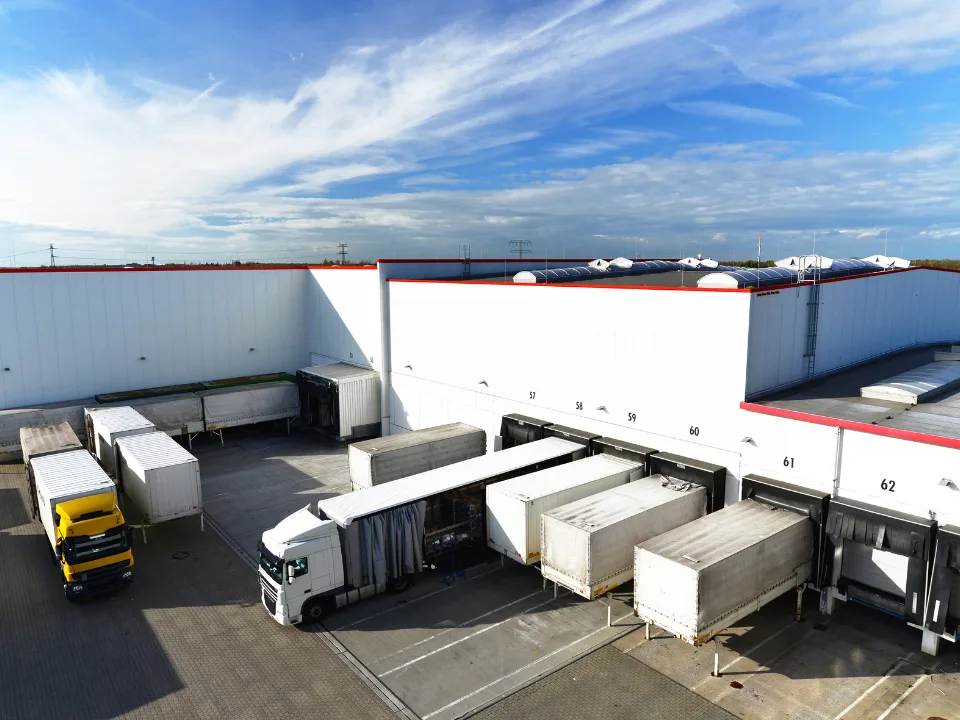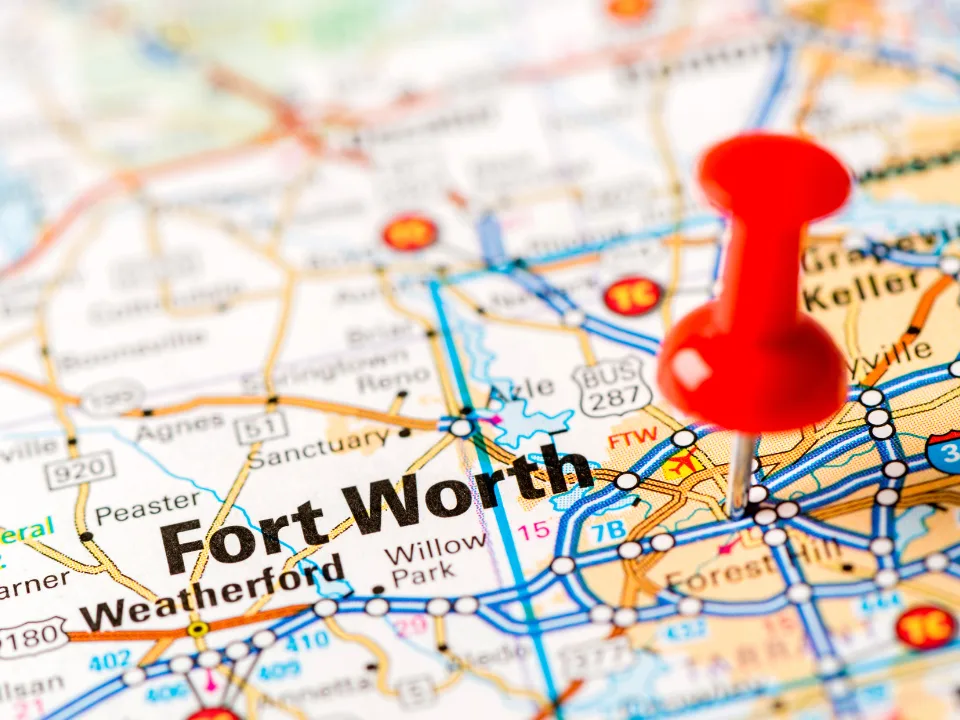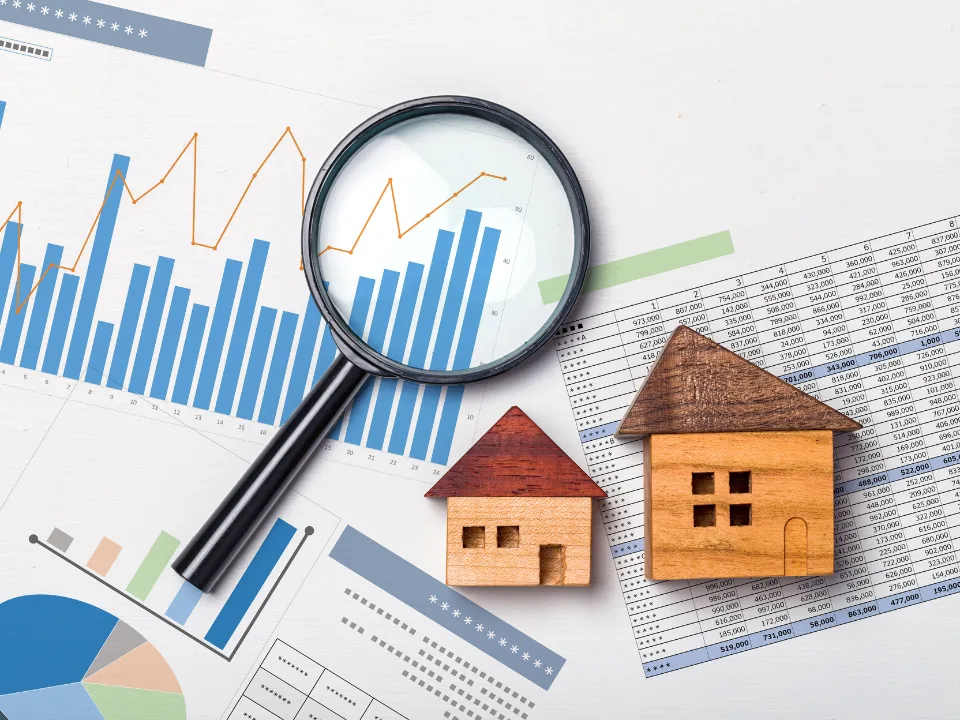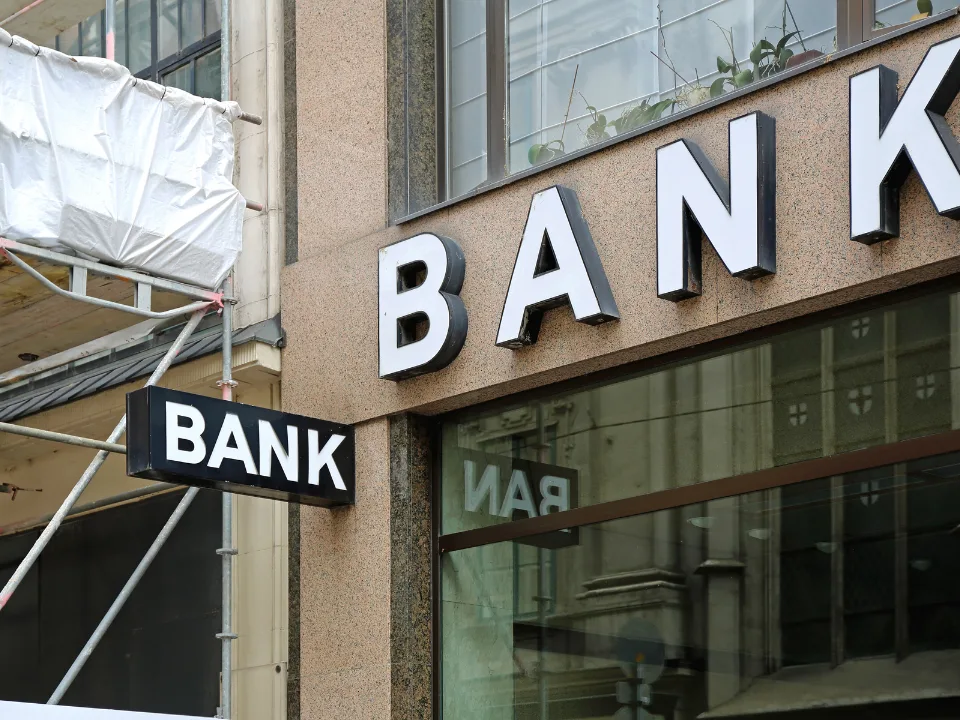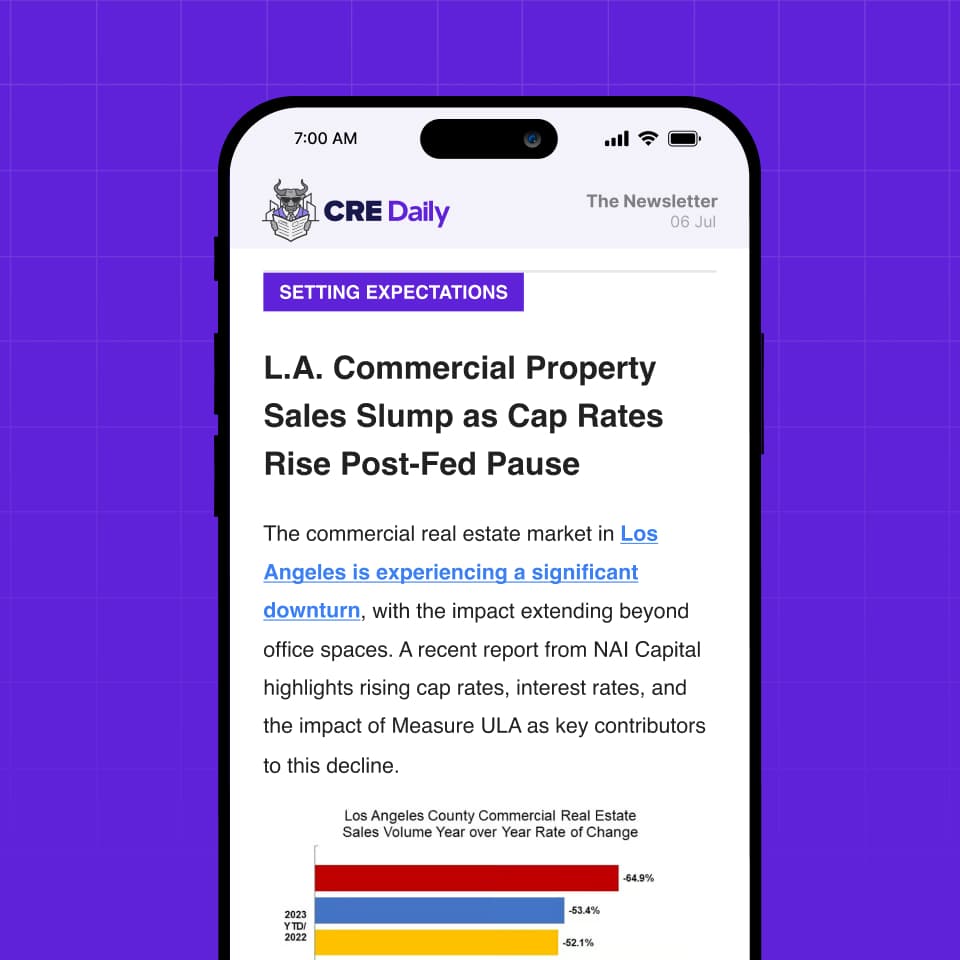- Texas leads the U.S. in BTR development, with nearly 22K rental homes under construction—56% more than Arizona, the second-highest state.
- DFW ranks No. 2 among metro areas for BTR construction, with almost 8.5K homes in the pipeline, trailing only Phoenix’s 13K units.
- Fort Worth is leading BTR growth in DFW, with more than 1.8K rental homes under construction, followed by McKinney, Princeton, and Melissa.
- Affordability and demand for suburban living drive BTR expansion, as renters can save around $1K per month compared to homeownership.
Dallas-Fort Worth ranks second in the US for build-to-rent projects under construction, with nearly 8.5K homes in the pipeline, per Bisnow.
Meanwhile, Texas leads the nation in BTR growth thanks to its affordability, job market strength, and endless suburban demand.
By The Numbers
Texas has become the nation’s top state for build-to-rent construction, with nearly 22K homes under development, far outpacing Arizona’s 14K-unit pipeline.
DFW alone accounts for almost 8.5K of these projects, ranking second in the US among metro areas, according to a recent analysis from Point2Homes using Yardi Matrix data.
Phoenix is the only metro surpassing DFW, with more than 13K BTR units under construction. Other Texas cities also rank high, with Houston at No. 5 (4.5K+ units), Austin at No. 6 (4.3K+ units), and San Antonio at No. 8 (nearly 3K units).
Get Smarter about what matters in CRE
Stay ahead of trends in commercial real estate with CRE Daily – the free newsletter delivering everything you need to start your day in just 5-minutes
Fort Worth Leading The Way
Within DFW, Fort Worth is the top city for BTR development, with more than 1.8K rental homes in the pipeline. One of the largest upcoming projects is Living Fully Orchard Farms, which will deliver more than a third of those units.
McKinney follows with nearly 1.3K BTR homes under construction, while Princeton and Melissa are also seeing major growth. The Oxenfree at Princeton project will feature over 400 units, and Wolf Creek Farms in Melissa will add nearly 350 homes.
Lone Star BTR Boomtowns
The surge in BTR development is driven by a strong job market, a business-friendly environment, and a growing preference for suburban living.
Doug Ressler, manager of business intelligence at Yardi Matrix, noted that as urban areas become more congested and expensive, renters are seeking more affordable, more spacious homes with suburban amenities while staying close to city centers.
Another major factor is affordability. With high mortgage rates pricing many buyers out of the market, BTR homes offer a cost-effective alternative. Ressler estimates that renting a BTR home saves tenants around $1K per month compared to purchasing a starter home.
DFW isn’t the only metro experiencing a BTR surge. Atlanta ranks No. 3 in the US with nearly 7K BTR homes in development, followed by Charlotte at No. 4 with more than 5.3K units.


